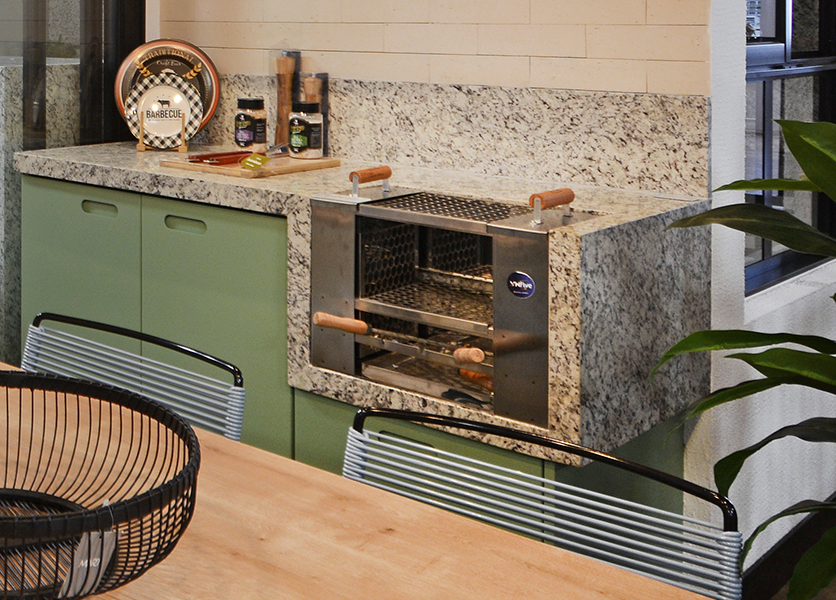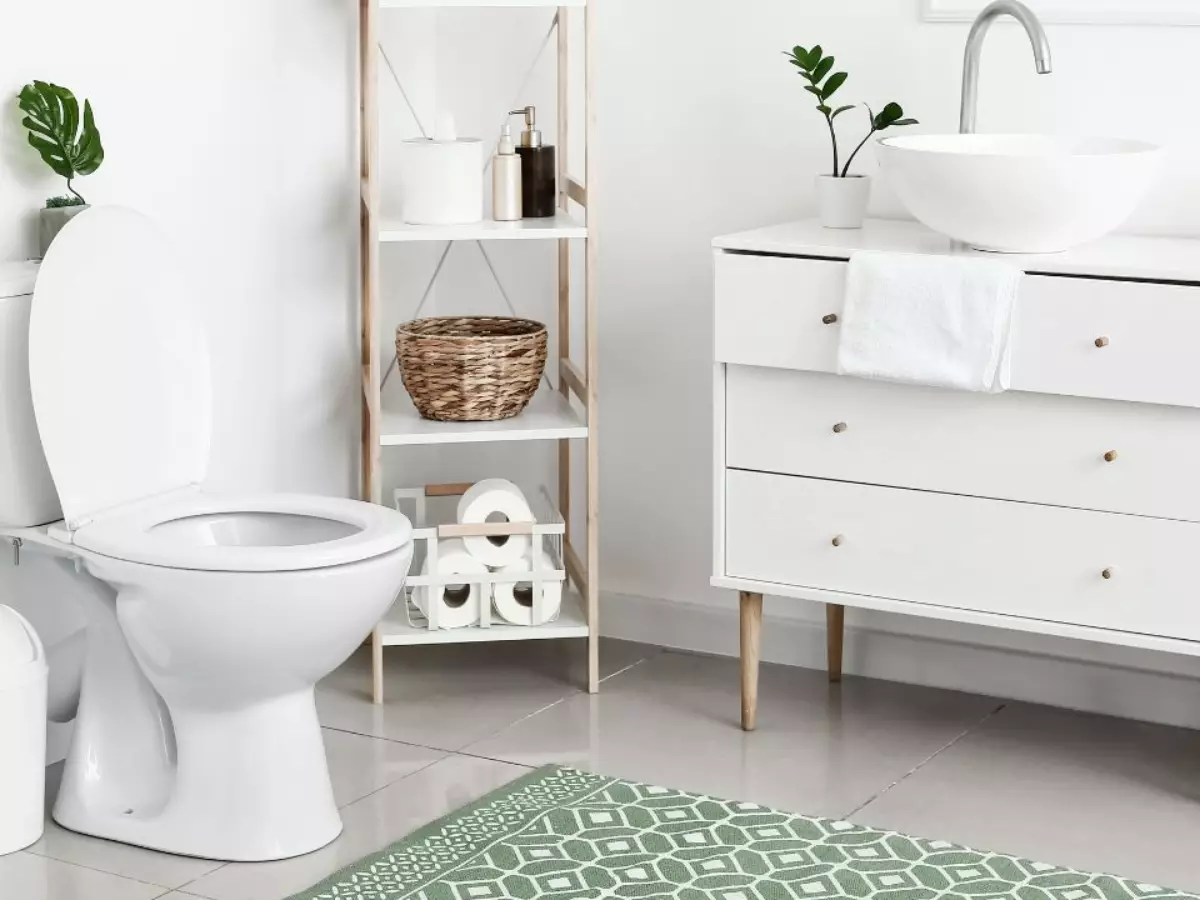How to Use LED Lighting at Home to Save Money on Your Electric Bill Every Month
Discover how LED lighting can reduce your electric bill by up to 80%. Complete guide with practical tips, consumption comparisons, and strategies to save money every month with the right bulb choices.
If your electric bill keeps getting higher every month, you should know that lighting could be one of the main culprits behind those mounting costs. But here's the good news: switching to LED bulbs can drastically reduce your electricity expenses, achieving savings of up to 80% compared to old-fashioned bulbs.
I know it might seem like an upfront investment, but I'm going to show you exactly how this simple change can save you hundreds of dollars per year on your electric bill. Plus, you'll discover which types of LEDs work best for each room in your home and how to maximize your savings even further with some smart strategies.
Throughout this guide, I'll share real consumption data, practical comparisons between different bulb types, and tips that actually work for anyone who wants to see the difference on their bill starting the very first month. If you're tired of paying through the nose for home lighting, keep reading and I'll help you solve this problem once and for all.
Table of Contents
- Why LED Bulbs Save So Much Money
- Real Comparison: LED vs Other Types of Bulbs
- How Much You Can Save Per Month
- How to Choose the Right LED Bulb for Each Room
- Strategies to Maximize Your Savings
- Common Mistakes That Prevent Savings
- Extra Tips to Cut Costs Even Further
- Is It Worth Investing in LED Bulbs?
Why LED Bulbs Save So Much Money
LED technology works completely differently from traditional bulbs, and that's exactly why it can save so much energy. While incandescent bulbs waste about 90% of their energy as heat, LED bulbs convert almost all electrical energy directly into light.
This happens because an LED (Light Emitting Diode) is a light-emitting diode that doesn't need heated filaments to work. Instead, when electrical current passes through the LED's semiconductors, they emit light directly without generating excessive heat.
In practical terms, this means a 10W LED bulb can light up a room with the same intensity as a 60W incandescent bulb. That's right - you use 6 times less energy to get exactly the same quality of lighting.
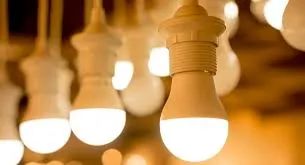
Besides energy efficiency, LED bulbs have impressive durability. While an incandescent bulb lasts about 1,000 hours, an LED can function for up to 25,000 hours. This means you not only save on your electric bill but also spend much less on bulb replacements over the years.
For those looking to optimize their entire home setup, including comfortable lighting arrangements, quality sofas can complement your well-lit living spaces perfectly.
Real Comparison: LED vs Other Types of Bulbs
So you can understand exactly the difference in consumption and savings, I'll show you a practical comparison between the main types of bulbs available on the market. These numbers are based on real usage and will help you make the best decision.
| Bulb Type | Power (Watts) | Lifespan (Hours) | Monthly Cost (5h/day) | Efficiency |
|---|---|---|---|---|
| Incandescent (60W) | 60W per hour | 1,000 hours | $18.00 | Very Low |
| Fluorescent (15W) | 15W per hour | 8,000 hours | $4.50 | Medium |
| LED (10W) | 10W per hour | 25,000 hours | $3.00 | High |
As you can see, the difference is incredible. A family that replaces 10 incandescent bulbs with LEDs can save more than $150 per month on lighting alone. In one year, that represents a savings of over $1,800!
Halogen bulbs fall somewhere in the middle, being 30% more economical than incandescents, but still consuming way more energy than LEDs.
How Much You Can Save Per Month
Let me show you some real scenarios so you can calculate your own savings. These calculations consider average electricity prices in the US and different household usage profiles.
Scenario 1 - Small Home (8 bulbs):
- Replacing incandescents with LED: Savings of $120 per month
- Replacing fluorescents with LED: Savings of $36 per month
- Return on investment: 2-3 months
Scenario 2 - Medium Home (15 bulbs):
- Replacing incandescents with LED: Savings of $225 per month
- Replacing fluorescents with LED: Savings of $67 per month
- Return on investment: 2-4 months
Scenario 3 - Large Home (25 bulbs):
- Replacing incandescents with LED: Savings of $375 per month
- Replacing fluorescents with LED: Savings of $112 per month
- Return on investment: 3-5 months
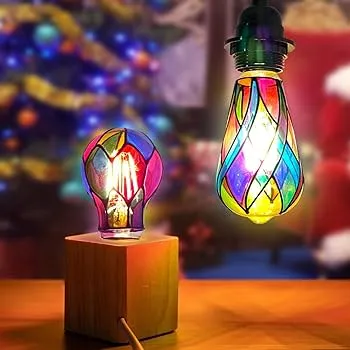
It's important to remember that these values can vary depending on your region's energy rates and family usage habits. But even in the most conservative scenarios, the savings are always significant and pay for themselves quickly.
For families looking to create an efficient home office setup with proper LED lighting, quality home office desks paired with ergonomic chairs can create the perfect productive environment while keeping energy costs low.
How to Choose the Right LED Bulb for Each Room
Not all LED bulbs are created equal, and choosing the right model for each room makes all the difference in both savings and comfort. I'll teach you the main criteria you should consider.
Wattage and Brightness: Wattage (measured in Watts) indicates energy consumption, while brightness is measured in lumens. To choose correctly, always look at lumens, not just watts. A good 10W LED can produce between 800 to 1000 lumens.
Color Temperature:
- 2700K to 3000K (Warm Yellow): Ideal for bedrooms, living rooms, and relaxation areas
- 4000K (Neutral White): Perfect for hallways, bathrooms, and transitional spaces
- 5000K to 6500K (Cool White): Recommended for kitchens, offices, and work areas
Specific Rooms:
Living Room: Choose 2700K LEDs with dimmers to create different atmospheres. A wattage between 10-15W is sufficient for most spaces.
Bedrooms: 2700K LEDs with lower wattage (7-10W) are ideal. Avoid overly intense light in resting areas.
Kitchen: 5000K LEDs with good color rendering (CRI above 80) help with cooking and cleaning tasks. Consider kitchen essentials that complement good lighting.
Bathroom: 4000K moisture-resistant LEDs are essential. Look for models with IP44 protection or higher.
For those interested in creating the perfect ambiance throughout their home, our guide on how to keep your bathroom always clean, organized and smelling good provides complementary tips for maintaining well-lit, fresh spaces.
Strategies to Maximize Your Savings
Just switching to LED bulbs already generates incredible savings, but there are some strategies that can double or even triple your lighting savings. I'll show you the most effective techniques.
1. Install Motion Sensors Motion sensors are perfect for hallways, stairs, garages, and outdoor areas. They ensure lights only stay on when actually needed, preventing waste. Additional savings can reach 40% in these areas.
2. Use Smart Dimmers With dimmers, you can adjust light intensity based on need. Reducing intensity by 50% can save up to an additional 30% on energy consumed by that bulb.
3. Take Advantage of Natural Light Rearrange furniture to better utilize natural light during the day. Light-colored curtains and strategically positioned mirrors can reduce the need for artificial lighting by up to 60% during daylight hours.
4. Create Lighting Zones Instead of lighting up an entire room, use several smaller bulbs in strategic spots. This way you illuminate only where you need, when you need it.
5. Keep Bulbs Clean Dirty bulbs can lose up to 30% of their light efficiency. A simple monthly cleaning with a dry cloth can maintain maximum performance from your LEDs.
Smart home integration can further optimize your lighting efficiency. Consider smart home devices that can automate your lighting based on occupancy and time of day.
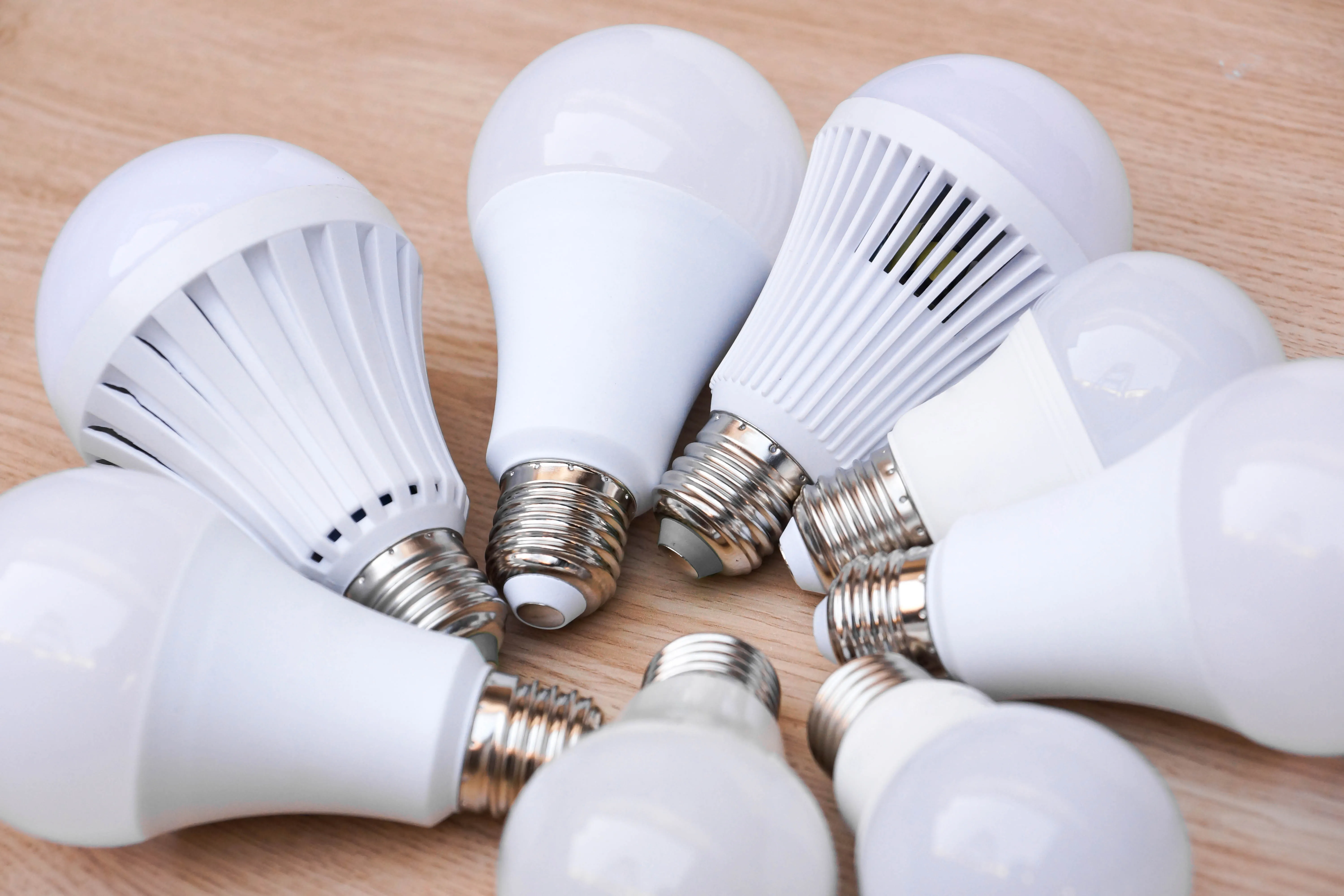
Common Mistakes That Prevent Savings
Even with the best intentions, some mistakes can significantly reduce the savings you could have with LED bulbs. I'll show you the main ones so you can avoid them.
Mistake 1: Buying Low-Quality LEDs Very cheap LEDs may have reduced lifespan and lower efficiency than promised. Always look for products with Energy Star certification and at least a 2-year warranty.
Mistake 2: Not Checking Voltage Using LED bulbs at incorrect voltage can drastically reduce their durability and efficiency. Always confirm if it's 110V, 220V, or universal before purchasing.
Mistake 3: Ignoring Color Rendering Index (CRI) LEDs with low CRI (less than 80) can make rooms appear lifeless and force you to use more bulbs to compensate. Always choose LEDs with CRI above 80.
Mistake 4: Keeping Old Habits Leaving lights on unnecessarily, even if they're LEDs, still creates waste. It's essential to educate the whole family about conscious lighting use.
Mistake 5: Not Considering the Environment Using bulbs with inappropriate color temperature can create discomfort and need for additional lighting. Always choose the right temperature for each room.
For comprehensive home organization that includes energy-efficient practices, check out our guide on how to keep your kitchen always clean and organized.
Extra Tips to Cut Costs Even Further
Besides the strategies already mentioned, there are some less obvious tips that can generate significant additional savings on your electric bill. These are techniques I use personally that make a real difference at the end of the month.
Paint Walls with Light Colors Light walls reflect light better, reducing the need for more powerful bulbs. A white wall or in pastel tones can increase lighting efficiency by up to 20%.
Use Fixtures with Reflectors Well-designed fixtures direct light better, taking advantage of every lumen produced. Avoid fixtures that "hide" part of the light or create many shadows.
Create a Bulb Cleaning Schedule As I mentioned before, dirty bulbs lose efficiency. Make it a habit to clean them monthly - it only takes a few minutes and can keep your savings at maximum.
Invest in LED Decorative Lighting LED strips and decorative spots consume very little energy and can replace larger bulbs in many situations, creating a cozy atmosphere with minimal consumption. Explore various LED lights options for different applications.
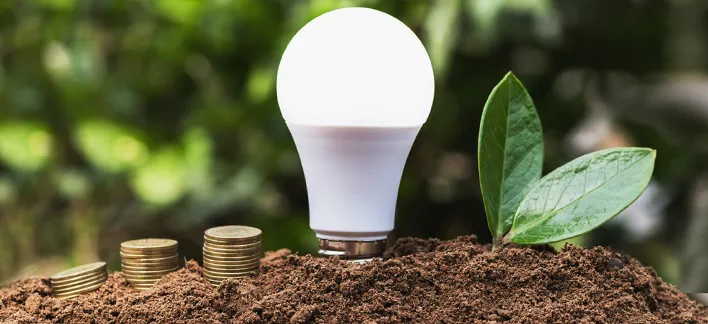
Monitor Your Consumption Track your electric bill monthly to identify patterns and savings opportunities. Many utility companies offer apps that help with this control.
Consider Solar Panels for Outdoor Lighting For outdoor areas like gardens and garages, solar energy solutions with LED can completely eliminate the cost of external lighting.
For those interested in comprehensive energy savings beyond just lighting, our article on how to save electricity at home with quick and practical tips provides a complete approach to reducing your energy bills.
Is It Worth Investing in LED Bulbs?
After all this data and strategies, the answer is a definitive YES. Investing in LED bulbs is not only worth it but is one of the most profitable changes you can make in your home.
Guaranteed Financial Return: With a payback of just 2-5 months, you'll have net profit for many years. A $8 LED bulb can save over $150 throughout its lifespan.
Benefits Beyond Savings:
- Less heat generated (cooler rooms)
- Contains no mercury (safer for the family)
- Instant activation (no warm-up time)
- Greater resistance to shocks and vibrations
- Fully recyclable
Positive Environmental Impact: Besides saving money, you'll be contributing to reducing national electricity consumption and decreasing your carbon footprint.
For those looking to optimize not just lighting but entire home management, I also recommend checking out our guide on electricity consumption of appliances, which perfectly complements LED lighting strategies.
Practical Conclusion: If you haven't made the transition to LED yet, you're literally throwing money away every month. Start with gradual replacement, prioritizing rooms where lights stay on the longest.
LED lighting represents much more than a simple bulb swap - it's a smart investment that pays dividends month after month, year after year. Your electric bill thanks you, your wallet thanks you, and the environment does too.
Whether you're upgrading a cozy reading nook with a comfortable bed and proper lighting, or setting up a productive workspace with the right home office essentials, LED lighting forms the foundation of an energy-efficient, comfortable home.
For additional home efficiency tips, explore our guides on the best smart TVs to buy in 2025 and how to use LED lighting at home to save on your electricity bill for a comprehensive approach to modern, efficient living.
